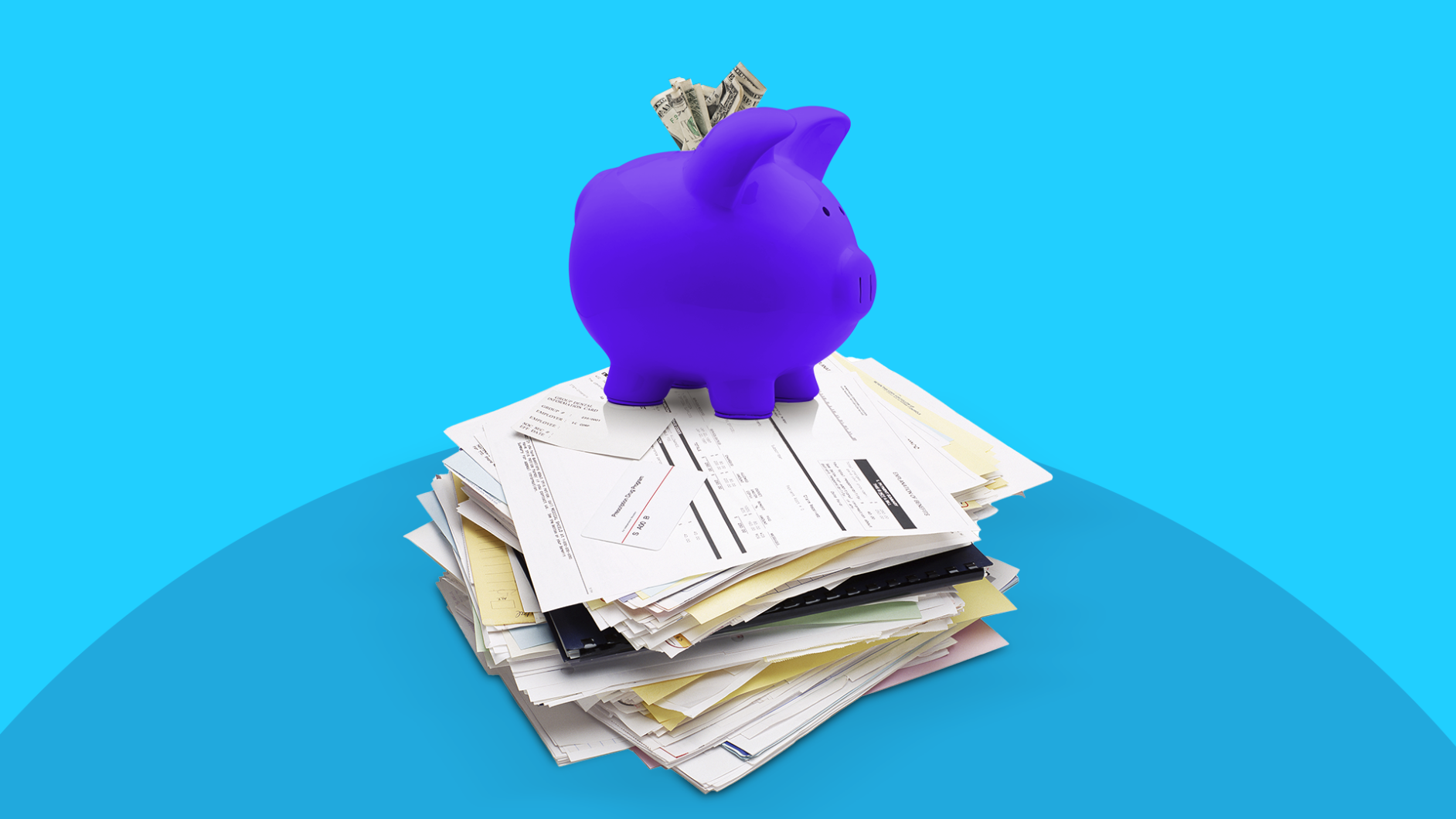Key takeaways
A deductible is the amount you must spend on health care before insurance coverage kicks in, while a premium is the monthly fee for your insurance policy.
Lower deductibles typically mean higher monthly premiums, and are suited for those who anticipate needing more health care services.
Higher deductibles result in lower monthly premiums, best for individuals who expect minimal health care use, saving them money on monthly fees.
Choosing between a higher premium or deductible depends on your health care needs, with options like health savings accounts available to offset costs for those with high deductibles.
When choosing a health plan, there are often two numbers that matter most: the deductible and the premium. A plan with a low monthly premium seems great because you’re paying less every month. However, it typically has a higher deductible, so you’ll spend more on healthcare costs before receiving any cost-sharing from insurance. And vice versa: a high monthly premium might result in some sticker shock, but it typically has a lower deductible. This could be a better option for someone who will be spending more money on health care over the course of a year. Read on to understand how to choose the option that makes the most sense for you.
Deductible vs. premium: What’s the difference?
A deductible is the amount of money you must spend on covered health care expenses before your health insurance plan begins to cover any costs. Certain services are often provided through your health plan without additional costs, such as preventive care like annual checkups. These would therefore not contribute to meeting your deductible. Although it varies by plan, covered office visits and prescription drugs usually count towards a deductible. There is no penalty if you don’t meet your deductible in a given year.
A premium is the set fee you pay each month to be covered under a health insurance policy, regardless of whether you used health services that month or not. Even once you meet your deductible and out-of-pocket maximum, you must still continue paying the monthly premium in order to receive coverage. If you have an employer-sponsored plan, it’s possible some or all of the premium is covered by your employer.
The premium typically does not count toward the deductible nor the out-of-pocket maximum.
Does a higher deductible mean a lower premium?
Typically, lower deductibles translate to higher monthly premiums, while a higher deductible means a lower insurance premium. Figuring out which is the right plan for you depends on what you’re looking to get out of health insurance.
Insurance coverage that offers lower monthly premiums but higher deductibles is best-suited for those who don’t expect to use many medical services throughout that year. That way, you’ll save on costs each month. However, if you do end up needing to go to the hospital or get a procedure, your medical bills might be higher than someone with a plan with higher monthly premiums. Essentially, this is often the best choice for someone who will probably not need enough health care to benefit from meeting the deductible and out-of-pocket limit sooner.
On the flip side, insurance policies with high monthly premiums but lower deductibles are usually a good choice for those who need consistent care. Although they are spending more on a monthly basis, it will take them a shorter amount of time to reach their annual deductible since they have higher medical expenses. Once they hit that deductible amount, insurance plan cost-sharing begins in earnest. This means fewer out-of-pocket consumer costs—and getting the policyholder closer to reaching the out-of-pocket maximum, at which point the policyholder will still pay the monthly premium but the health insurance company pays the entirety of all eligible medical costs.
“No one can know for sure what they [will] need,” says Deb Gordon, a former health insurance executive and author of The Health Care Consumer’s Manifesto. “But if you know you have a chronic condition that requires a lot of care or expensive medications, then a low-deductible plan may be worth the higher premiums.”
Is it better to pay a higher premium or a higher deductible?
Still not sure which plan is right for you? Ask yourself how often you go to the doctor. If you have a chronic condition, you’ll be using healthcare services more frequently and therefore will meet the deductible faster. In that case, it’s probably best to pay a higher premium. But if you are relatively healthy and you only plan to use preventive care that year, which is free under the Affordable Care Act (ACA), a higher deductible might be the right choice. If you do end up having to go to, say, the emergency room, it’ll cost more for you during your deductible period than someone with a higher premium plan.
“When choosing a plan, there’s always a balance between cost and benefits,” says Adam Hyers, an insurance broker at Hyers & Associates, Inc. “I see most of my younger, healthier clients opt for lower premium plans with higher out-of-pocket exposure. Those who are older—and especially those with more health issues—will tend to pay more for a plan with less out-of-pocket exposure. It’s an individual compromise.”
If you’re on a high deductible health plan, but need more care than you expected to this year, you can still save. Consider opening a health savings account (HSA), which is a way to set aside money tax-free for healthcare costs. Regardless of which plan you have, SingleCare coupons are also a way to save on prescription drug costs. However, using prescription discount cards might slow your progress toward meeting a deductible. Out-of-pocket costs on cash price drugs won’t apply toward your deductible. You’ll have to calculate the trade-off between reaching your deductible versus saving money on your prescriptions.




